Eczema is a known chronic skin condition that affects approximately thirty percent of the population in the United States. This condition often causes the skin to become itchy, inflamed, and irritated.1 Although this condition is more common amongst children and adolescents, adults are still able to develop this as well. There are several types of eczema, the most common being atopic dermatitis, contact dermatitis and stasis dermatitis.
At Houston Dermatology Specialists with locations in Cypress and Magnolia, TX, Dr. Christopher Downing specializes in treating men, women, and children who suffer from eczema. Please call (713) 487-8233 or request a consultation online to schedule a consultation with Dr. Downing.
Types of Eczema
Atopic Dermatitis
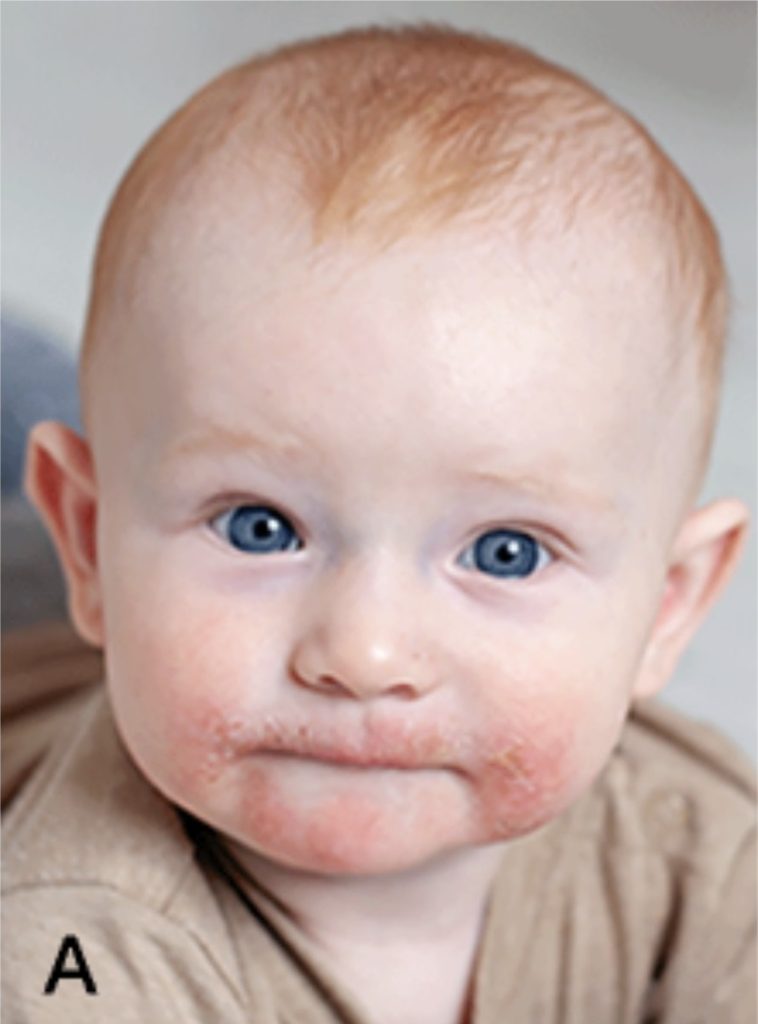
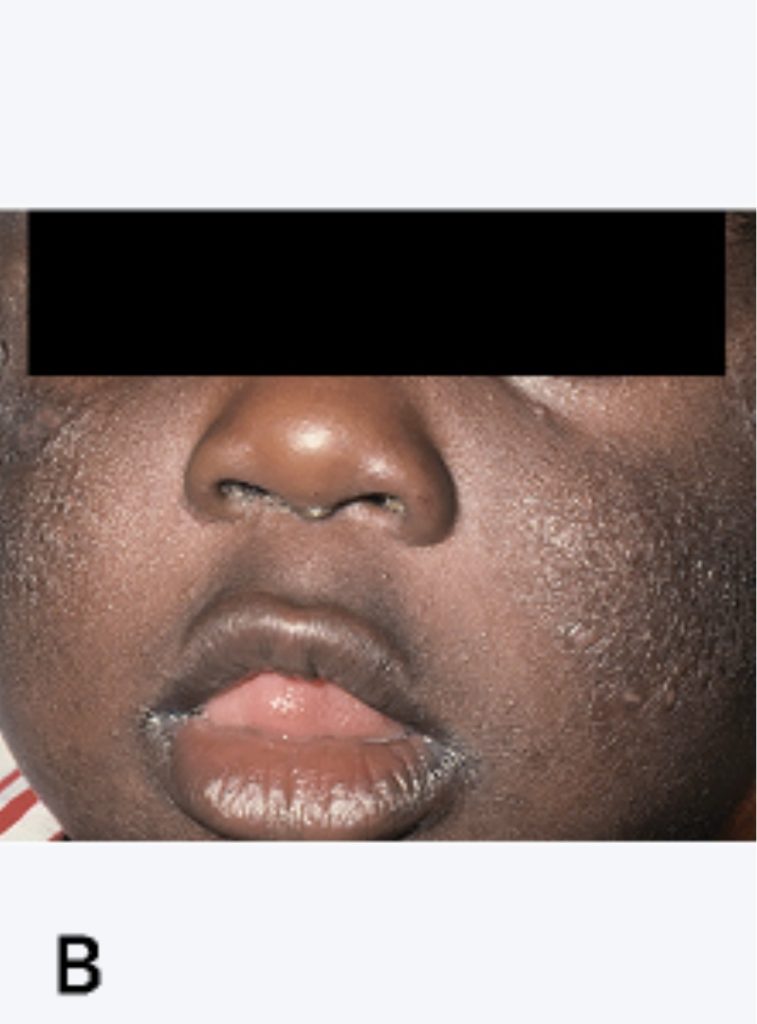
Atopic dermatitis is a very common type of eczema and typically occurs during childhood but can start at any age. Babies typically develop atopic dermatitis on their face and in the skin fold areas of the body.2
You may hear “eczema” and “atopic dermatitis” used interchangeably. Atopic dermatitis causes the skin to become dry, itchy and inflamed. This is why it is important to keep the affected areas moisturized with eczema-friendly creams or ointments in order to relieve any irritation and discomfort.
The length of time atopic dermatitis lasts will vary for each person. Many children who develop atopic dermatitis will typically see the condition go away by their teenage years, however, some individuals may have the condition their entire life.2
Although there is no way to know for sure how long the condition will last, there are treatment options available in preventing atopic dermatitis from becoming worse. That is why if you are someone who notices the signs and symptoms of eczema, please consult with your board-certified dermatologist immediately for an early diagnosis and immediate treatment.
There is no known cure for atopic dermatitis, but there are solid treatments available that can ease the symptoms and lead to clearer skin.
Contact Dermatitis
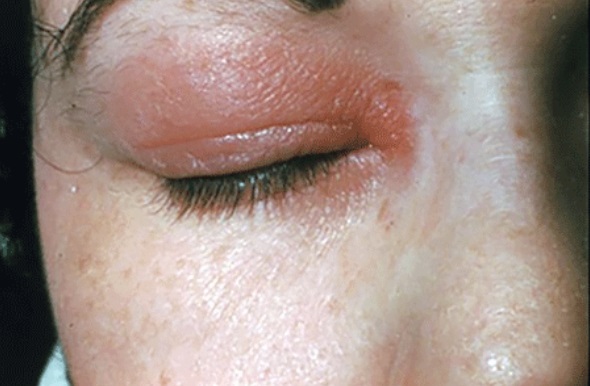
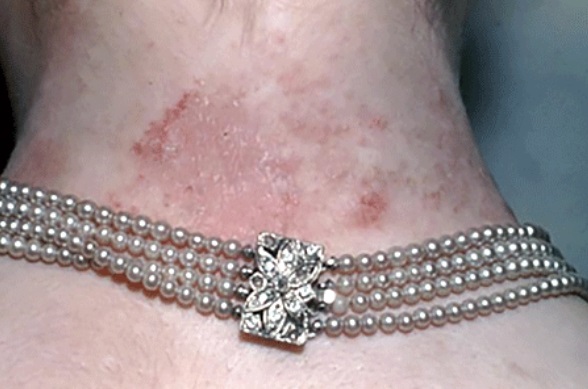
Contact dermatitis is another type of eczema. This results from any object or material that touches your skin and causes irritation or an allergic reaction. Signs include itchiness followed by a rash or possibly even blisters.3 Finding the root cause of contact dermatitis can be difficult due to numerous things that touch our skin on a daily basis. One common cause is fragrance, which can be found in everyday products.
Signs and symptoms of contact dermatitis include intense itchiness, rash, discoloration, excessively dry and tender skin, burning, stinging, hives, fluid filled or oozing blisters.3 Remember, if you notice any of these signs and have a rash that comes and goes, seek counseling from your board-certified dermatologist.
Stasis Dermatitis
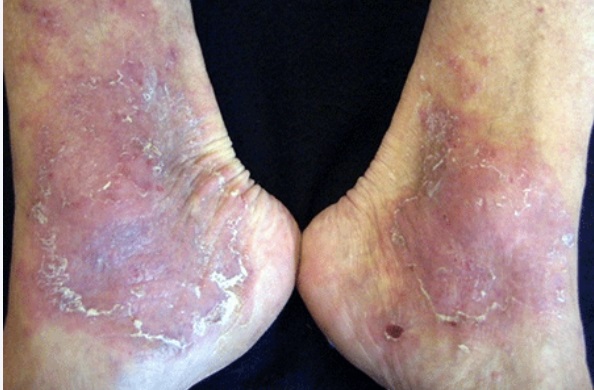
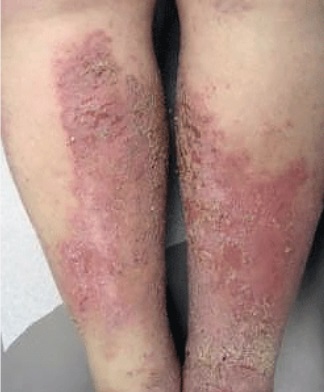
Stasis dermatitis is another type of eczema which causes inflammation on the lower legs due to fluid buildup. Fluid buildup can be caused by either varicose veins, circulation issues or heart disease.
Symptoms may include leg pain, rashes, blisters, discoloration, and thick skin on the legs, dryness, ulcers, varicose veins, or swelling.4
Self-care is essential in controlling stasis dermatitis. Some healthy habits recommended by dermatologists include elevating the legs, taking breaks from standing, exercising, wearing loose clothing, wearing compression garments, moisturizing the skin, and limiting salt intake. Stasis dermatitis can be easily managed at home with healthy habits and medication after being properly educated and informed by a board-certified dermatologist.
Treatment Options for Eczema
There are many treatment options available for eczema. The best preventative measure and treatment for mild eczema is the application of topical creams to help keep the skin moisturized and help protect the skin barrier.
Dermatologists often will prescribe steroidal and non-steroidal creams to address active flare ups. For more severe cases, use of immunosuppressant medications or biologics is sometimes needed. It is important to seek the expertise and insight from your board-certified dermatologist to create a personalized treatment plan that is right for you.
Take the Next Step
If you have any questions regarding eczema or any concerns about your skin, please contact my practice at (713) 487-8233 or request a consultation online to schedule your appointment!
References
- Eczema Resource Center. (2023, December 16). American Academy of Dermatology. https://www.aad.org/public/diseases/eczema
- Eczema Types: Atomic Dermatitis Overview. (2023, December 16). American Academy of Dermatology. https://www.aad.org/public/diseases/eczema/types/atopic-dermatitis
- Eczema Types: Contact Dermatitis Overview. (2023, December 16). American Academy of Dermatology. https://www.aad.org/public/diseases/eczema/types/contact-dermatitis
- Eczema Types: Stasis Dermatitis Self-Care. (2023, December 16). American Academy of Dermatology. https://www.aad.org/public/diseases/eczema/types/stasis-dermatitis/self-care


Leave a Reply